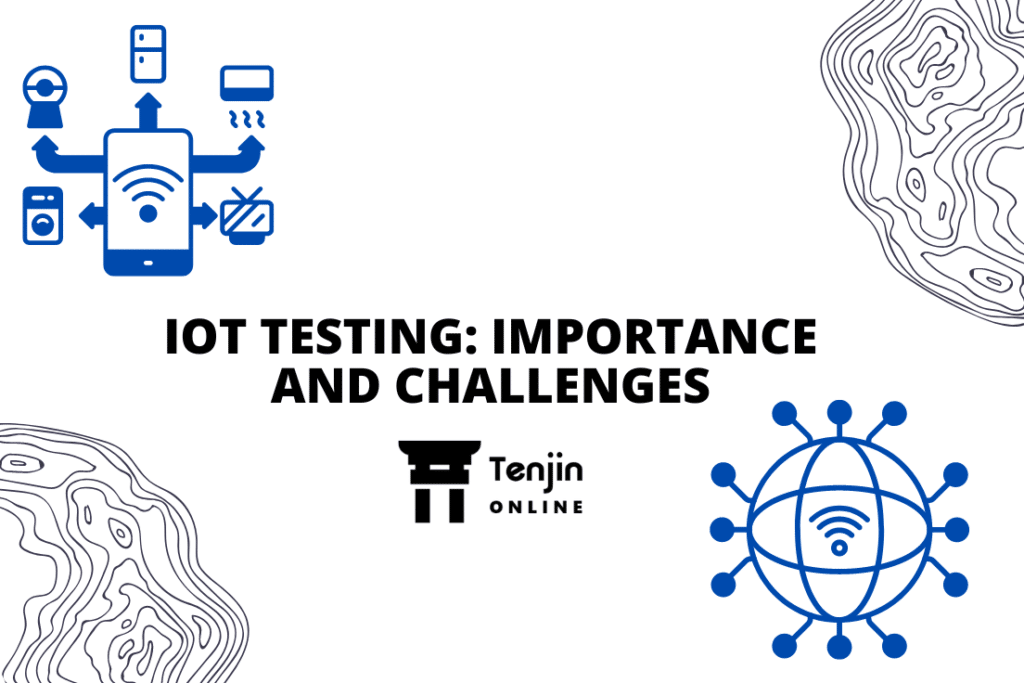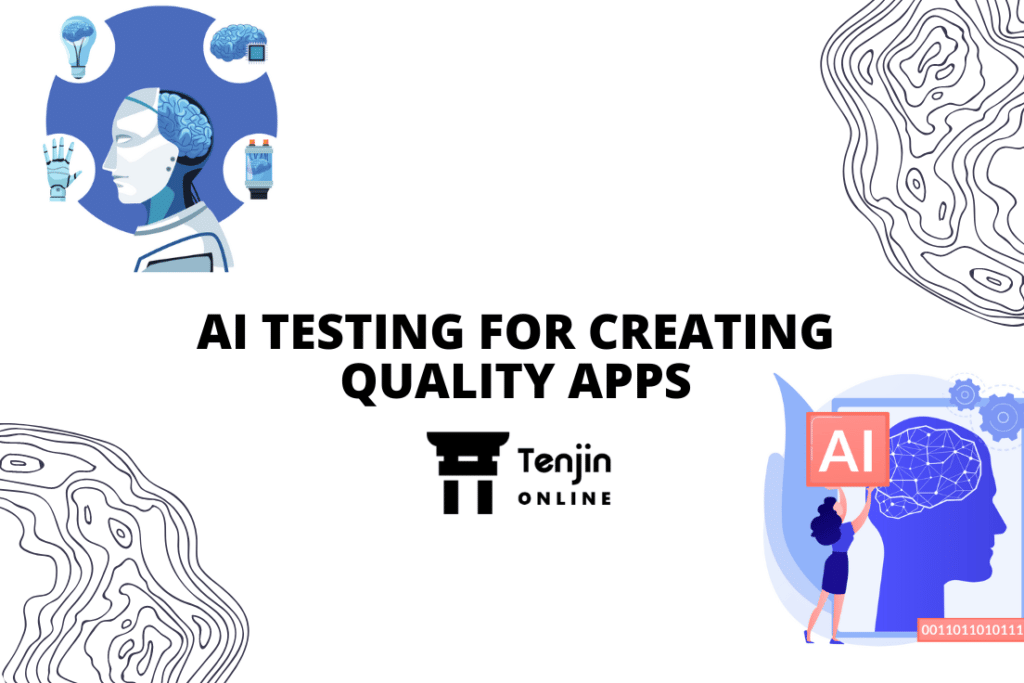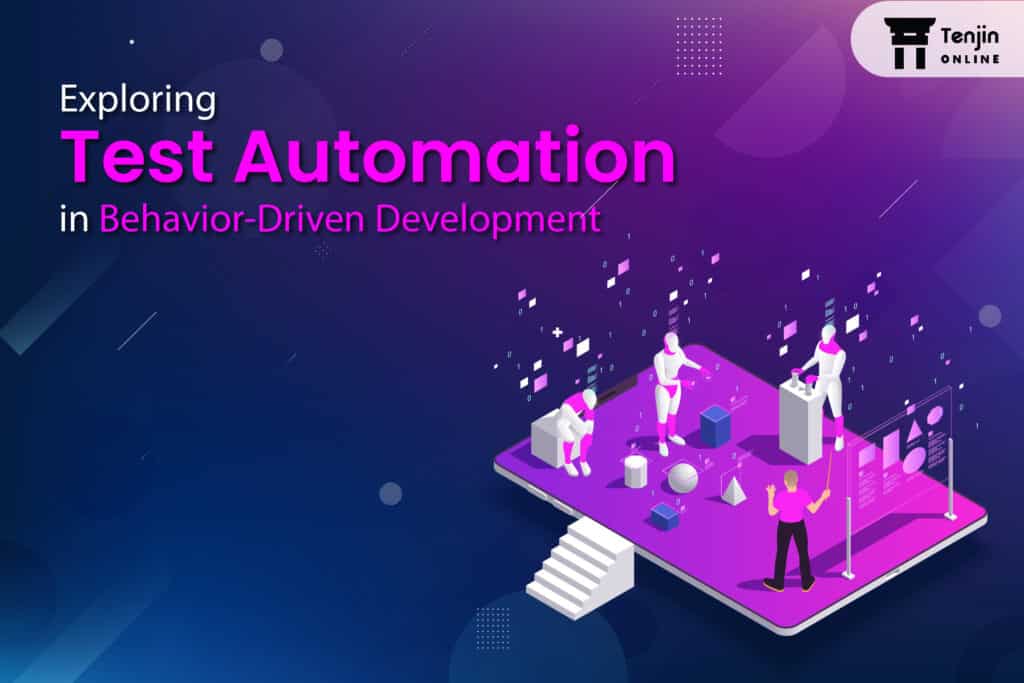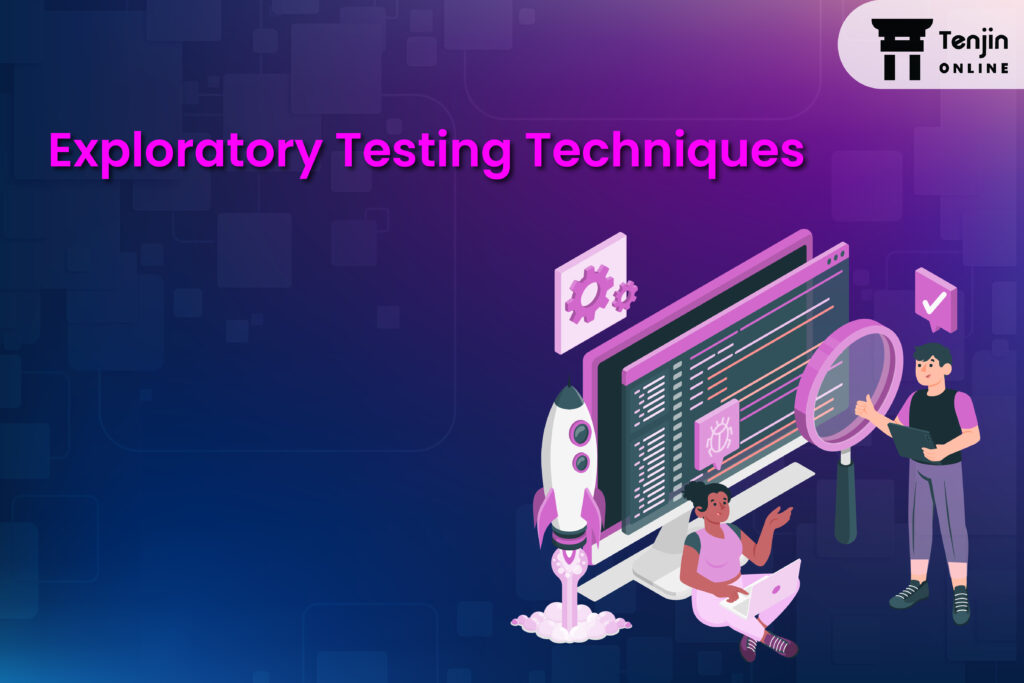
IoT Testing: Importance and Challenges
The industry 4.0 revolution has created a huge buzz around the internet of things, otherwise known as IoT, for creating an ecosystem of interconnected smart devices. IoT is a technology that facilitates communication between the connected devices and the device’s Cloud. It’s a complex network that interconnects everyday devices, such as appliances, cars, and home security systems, through the internet. This allows the devices to collect and share data, enabling new levels of automation and control in day-to-day life.
IoT is gearing up to be the next big technology with all retail and commercial sectors implementing it. With the large scale at which the IoT technology is booming, and the massive audience base it is catering to, it becomes inevitable to test the entire connected system to ensure it is working as expected. Hence, IoT testing is important because it ensures that the various devices and systems that make up an IoT ecosystem function correctly and securely. This includes testing the functionality of individual devices, as well as testing how they interact with other devices and systems. Additionally, IoT testing also includes security testing to ensure that the devices and systems are protected against potential cyber threats. Overall, IoT testing is critical to ensure the reliability and security of IoT systems, which are becoming increasingly prevalent in many industries and areas of our lives.
IoT technology has the potential to revolutionize the way we live and work, but it also poses significant challenges for testing. In this article, we will discuss the importance of IoT testing and the challenges that need to be overcome in order to ensure the reliability and security of IoT devices.
What is IoT testing and why is it essential?
IoT is a rapidly growing technology that connects a wide variety of devices to the internet, allowing them to communicate and share data. One of the key benefits of IoT is that it allows for the collection and analysis of large amounts of data from connected devices. This data can be used to improve efficiency, reduce costs, and even create new business models. However, in order for this data to be useful, it needs to be accurate and reliable. This is where IoT testing comes in.
IoT (Internet of Things) testing is referred to the process of testing the functionality, performance, and security of IoT devices and systems. This includes testing the communication between devices, testing the performance of sensors and actuators, and testing the security of the system to ensure that it is protected against hacking and other cyber threats. Testing may also include evaluating the usability and user experience of the system, as well as testing the system’s ability to integrate with other devices and systems.
Benefits of IoT Testing
Improved User Experience: IoT devices and systems are designed to make our lives easier, but if they are not properly tested, they can cause frustration and dissatisfaction for users. IoT testing helps to ensure that devices are functioning correctly and are easy to use, which leads to a better user experience.
Increased Security: IoT devices and systems often collect and transmit sensitive data, making them vulnerable to hacking and other cyber threats. IoT testing helps to identify and address security vulnerabilities before they can be exploited by attackers.
Reduced Cost: Testing IoT devices and systems early in the development process can help to identify and fix issues before they become more costly to address. This can save time and money in the long run, as well as reduce the risk of costly recalls or product failures.
Improved Performance: IoT testing can help to identify performance issues such as poor battery life or connectivity problems. By addressing these issues early on, manufacturers can ensure that their devices and systems perform as intended and meet customer expectations.
Better Interoperability: IoT devices and systems often need to work together, so it’s important that they are tested for compatibility and interoperability. This ensures that devices from different manufacturers can work seamlessly together, providing a better overall experience for the user.
In order to maximize the testing efforts and achieve higher efficiency of IoT systems, various testing tools and frameworks are implemented. Testing tools implement automation, reduce cost and effort, decrease time-to-market, and improve the overall process.
Challenges of Testing IoT Systems
IoT testing involves testing the functionality, performance, and security of devices and systems that connect to the internet. Test automation is the process of using software to control the execution of tests and compare actual results with expected results. IoT testing and test automation can be used together to increase the efficiency and effectiveness of testing IoT systems. This can include using automated testing tools to test the communication and data transfer between devices, testing the security of IoT systems, and simulating real-world scenarios to test the performance of IoT devices and systems.
IoT testing can be challenging due to the complexity of the systems and the wide range of devices and technologies involved. Testing IoT devices and systems requires a combination of hardware and software testing, as well as testing of the communication protocols and networks used. Additionally, the sheer number and diversity of devices and systems can make it difficult to create comprehensive test cases and ensure that all possible scenarios have been covered. Furthermore, IoT devices and systems often involve sensitive data and personal information, which can add additional security and privacy concerns to the testing process.
- One of the biggest challenges of IoT testing is the sheer number of devices that need to be tested. IoT devices come in all shapes and sizes, from small sensors to large industrial machines. Each device may have its own unique requirements and capabilities, making it difficult to develop a single testing strategy that works for all devices. Additionally, IoT devices are often connected to other devices and systems, which adds complexity to the testing process.
- Another challenge of IoT testing is the need to test devices in real-world environments. Unlike traditional software, IoT devices are often deployed in the field and are subject to a wide range of conditions and variables. This makes it difficult to replicate the conditions that a device will encounter in the field, and it also makes it difficult to predict how a device will behave in different environments.
- Security is also a major concern when it comes to IoT testing. IoT devices are often connected to the internet and may be vulnerable to hacking and other cyber-attacks. It is important to test for security vulnerabilities in order to prevent these attacks and protect the data collected by the device.
To overcome these challenges, it is important to have a comprehensive testing strategy in place. This strategy should include testing at all stages of the development process, from design and prototyping to deployment and maintenance. Additionally, it is important to work with a diverse team of testers with different backgrounds and expertise to ensure that all aspects of the device are thoroughly tested.
Conclusion
As the popularity of IoT is increasing, the need to test them is also rising. IoT testing verifies that an IoT device or system functions as intended and meets the requirements of the end user. This includes testing the device’s hardware and software, as well as its connectivity to other devices and the internet. IoT testing also includes testing for security vulnerabilities and ensuring that the device can handle the amount of data it will be processing.
In conclusion, IoT testing is an essential part of ensuring the reliability and security of IoT devices. With the number of IoT devices expected to continue to grow in the coming years, it is important to address the challenges of IoT testing and develop a comprehensive testing strategy in order to ensure the success of this technology.



Leave a Reply
You must be logged in to post a comment.